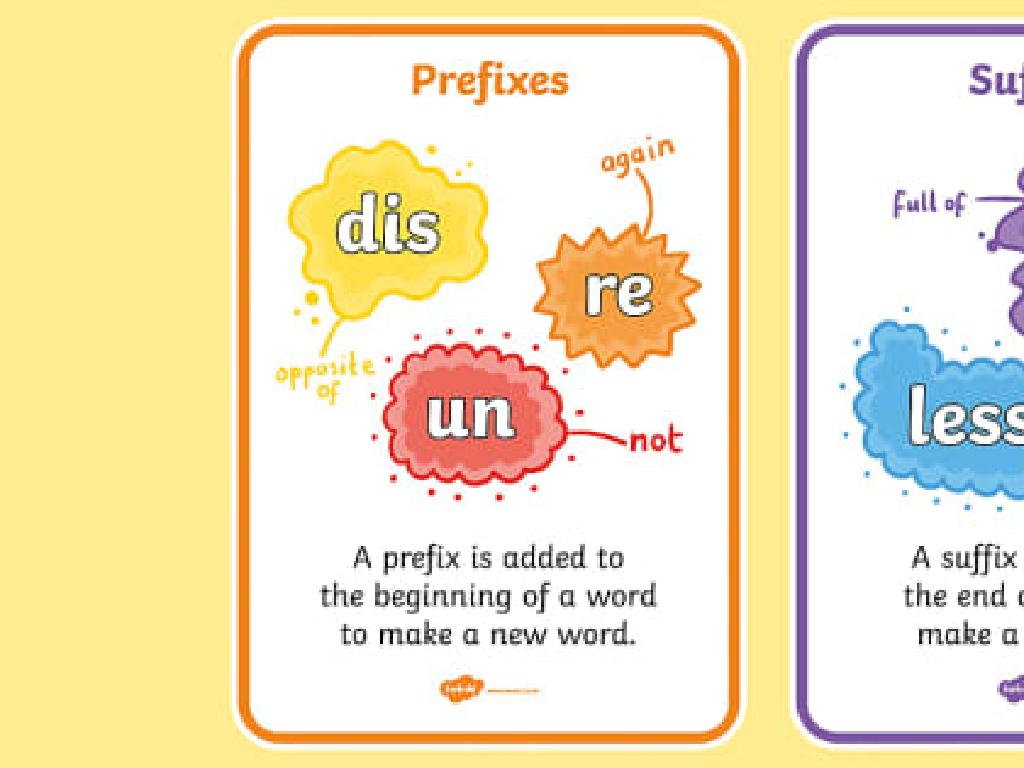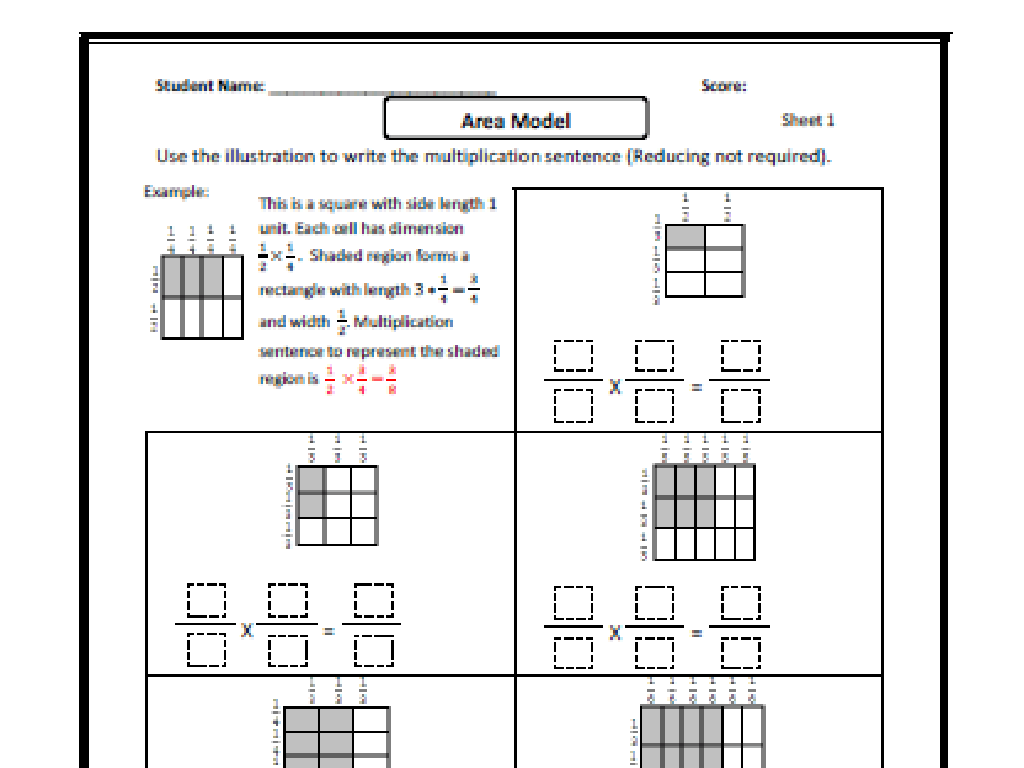Analyze Models Of The Earth-Sun-Moon System
Subject: Science
Grade: Eighth grade
Topic: Astronomy
Please LOG IN to download the presentation. Access is available to registered users only.
View More Content
Analyzing Earth-Sun-Moon System Models
– Our cosmic address in the Universe
– Earth is part of a vast Universe, in the Milky Way galaxy.
– Earth-Sun-Moon system dynamics
– Explore how Earth orbits the Sun, and Moon orbits Earth.
– Models’ role in understanding orbits
– Models help visualize complex movements in space.
– Today’s focus: Model analysis
|
This slide introduces students to the concept of our place within the Universe and specifically focuses on the Earth-Sun-Moon system. It’s crucial to convey the scale of the Universe and our relative position within it. Discuss the interactions and dynamics between the Earth, Sun, and Moon, including their orbits and the effects they have on each other. Emphasize the importance of models in astronomy for visualizing and understanding these complex relationships. Today’s lesson will concentrate on analyzing different models that represent the Earth-Sun-Moon system, helping students to grasp the mechanics of celestial movements and their impact on our planet.
Understanding Scientific Models
– Define a scientific model
– A simplified representation of reality to study complex systems
– Importance of models in astronomy
– Models help visualize and predict celestial phenomena
– Examples of scientific models
– The solar system model, weather models, atomic models
|
This slide introduces the concept of scientific models, which are crucial tools for scientists, especially in the field of astronomy. A model is a simplified representation of something in the real world that helps us understand, explain, and predict the workings of complex systems. In astronomy, models are indispensable for studying celestial objects and events that are too large, too far, or too complex to observe directly. Examples include models of the solar system that help students visualize the positions and movements of planets, or models of the Earth-Sun-Moon system to explain eclipses, phases of the moon, and seasons. Encourage students to think critically about how models are used in science and to consider their limitations as well as their utility.
The Earth-Sun-Moon System: Celestial Mechanics
– Overview of Earth, Sun, Moon
– Earth: our home planet, Sun: the star we orbit, Moon: Earth’s satellite
– Earth’s rotation and revolution
– Earth rotates daily on its axis and revolves yearly around the Sun
– Gravitational forces explained
– Gravity: the force attracting two bodies towards each other
– Effects of gravity on tides
– Gravity causes ocean tides by pulling on Earth’s water
|
This slide introduces students to the fundamental aspects of the Earth-Sun-Moon system, focusing on their individual characteristics and movements. Emphasize the Earth’s daily rotation on its axis, which leads to day and night, and its annual revolution around the Sun, which is responsible for the seasons. Discuss how the gravitational pull from the Sun and Moon affects Earth, particularly in terms of the ocean tides. Use diagrams to illustrate the rotation and revolution of Earth, and how the gravitational forces work. Encourage students to think about how these celestial mechanics affect their daily lives, such as the length of a day, the cycle of seasons, and the regular rise and fall of ocean tides.
Exploring Earth-Sun-Moon System Models
– Physical vs. Computer Models
– Physical models are tangible, computer models are virtual simulations.
– Scale Models and their significance
– Scale models reduce vast distances and sizes to a manageable scale for study.
– Benefits of Different Models
– Physical models aid tactile learning, computer models offer dynamic simulation.
– Limitations of Models
– All models simplify complex systems, which can lead to gaps in representation.
|
This slide aims to compare and contrast the different types of models used to represent the Earth-Sun-Moon system. Physical models, like globes, allow students to touch and see the relationships between celestial bodies. Computer models provide interactive experiences where variables can be manipulated to observe different outcomes. Scale models are crucial for understanding the vast distances and sizes in space, making them comprehensible. Discuss the benefits, such as the hands-on learning from physical models and the detailed simulations from computer models. Address the limitations, including the lack of scale accuracy in physical models and the potential oversimplification in both types. Encourage students to think critically about how each model can be used to understand astronomical concepts.
Understanding Orbits in the Earth-Sun-Moon System
– Orbits are elliptical, not circular
– Ellipses are oval paths; Earth’s orbit is slightly elliptical
– Gravity: the force behind orbits
– Gravity between Earth, Sun, and Moon keeps them in orbit
– Orbits influence seasons
– Earth’s tilt and orbit around the Sun lead to seasonal changes
– Orbits cause moon phases
– The Moon’s orbit around Earth creates its phases
|
This slide aims to explain the fundamental concepts of orbits within the Earth-Sun-Moon system. Emphasize that orbits are not perfect circles but ellipses, with the Sun at one of the focal points of Earth’s orbit. Gravity is the force that maintains the orbits of these celestial bodies. The Earth’s orbit and axial tilt are responsible for the changing seasons. Lastly, the Moon’s orbit around Earth, along with its position relative to the Earth and Sun, results in the various phases of the Moon. Encourage students to visualize these concepts with diagrams and to consider how these astronomical mechanics affect their daily lives, such as the length of days, the climate throughout the year, and the appearance of the Moon.
Eclipses and Tides: Earth-Sun-Moon Dynamics
– Understanding Solar and Lunar Eclipses
– Solar eclipses occur when the Moon blocks the Sun, lunar when Earth casts a shadow on the Moon.
– Exploring Tides and the Moon’s Influence
– The Moon’s gravitational pull causes high and low tides in Earth’s oceans.
– Using Models to Predict Eclipses
– Models help us forecast when and where eclipses will happen.
– How Moon Phases Relate to Tides
– New and full moons lead to spring tides; quarter moons create neap tides.
|
This slide aims to explain the phenomena of eclipses and tides within the Earth-Sun-Moon system. Students should learn the differences between solar and lunar eclipses and how the Moon’s position relative to the Earth and Sun causes these events. The concept of tides influenced by the Moon’s gravity is crucial, as it affects oceanic movements on Earth. By analyzing models, students can predict the occurrence of these natural events. Emphasize the importance of the Moon’s phases in relation to the tides, particularly how spring and neap tides correspond to the lunar cycle. Encourage students to think critically about how these models can be applied to real-world scenarios and the significance of being able to predict such events.
Group Activity: Earth-Sun-Moon Model
– Build your own model
– Discuss your model’s features
– What phenomena does it demonstrate? Consider phases, eclipses, and seasons.
– Analyze strengths of the model
– Does it accurately show rotations and orbits?
– Evaluate weaknesses of the model
– Are there any limitations or inaccuracies?
|
This activity is designed to engage students in hands-on learning by constructing a physical model of the Earth-Sun-Moon system. Divide the class into small groups and provide materials for building the models. Once constructed, lead a discussion on what their models demonstrate about celestial phenomena such as phases of the Moon, eclipses, and seasons. Encourage critical thinking by asking students to identify the strengths of their models in explaining these phenomena and to consider any weaknesses or inaccuracies. This will help them understand the complexity of astronomical models and the importance of scale and perspective. Possible activities include having different groups focus on specific aspects like the tilt of the Earth’s axis or the scale of distances between celestial bodies.
Class Activity: Earth-Sun-Moon System
– Interactive orbit and phase simulation
– Hands-on eclipse simulation
– Discuss observations
– Share what you noticed about the orbits and phases
– Q&A session
– Ask questions about the simulations and share conclusions
|
This slide introduces an interactive class activity focused on the Earth-Sun-Moon system. Students will engage with a computer simulation to observe the orbits of the Earth and Moon around the Sun and the resulting phases of the Moon. Following this, they will participate in a hands-on experiment to simulate solar and lunar eclipses, using balls and light sources to represent the Sun, Earth, and Moon. After the activities, students will be encouraged to discuss their observations, particularly noting the patterns and changes they witnessed. The session will conclude with a Q&A, allowing students to ask questions and share their conclusions, reinforcing their understanding of the astronomical concepts. Possible activities include varying the distances in the simulations to see the effects on eclipses and phases, or predicting phases based on the positions of the Earth, Moon, and Sun.
Reflecting on Earth-Sun-Moon System Models
– Recap of system models
– Reviewed how Earth, Sun, & Moon interact
– Models’ role in astronomy
– Models simplify complex concepts for better understanding
– Reflect on today’s insights
– Think about what we’ve learned about celestial mechanics
– Discuss the class activity
|
As we conclude today’s lesson, let’s recap the models that illustrate the interactions within the Earth-Sun-Moon system. Emphasize the importance of these models in simplifying and understanding complex astronomical concepts. Encourage students to reflect on what they’ve learned today, including any activities they engaged in. Open the floor for discussion about the class activity, allowing students to share their experiences and insights. This reflection helps solidify their understanding and gives them an opportunity to voice any questions or thoughts they might have.
Homework: Exploring Earth-Sun-Moon System
– Complete system worksheet
– Prepare a model presentation
– Summarize your worksheet findings in a brief presentation format
– Research astronomers’ use of models
– Investigate how models aid in astronomical studies and predictions
– Understand modern astronomy tools
– Learn about telescopes, simulations, and other tools used today
|
This homework assignment is designed to deepen students’ understanding of the Earth-Sun-Moon system through active engagement. The worksheet will reinforce concepts learned in class, while preparing a presentation ensures students can communicate their findings effectively. Researching the use of models in modern astronomy will provide insight into the practical applications of theoretical knowledge. Encourage students to explore how models help in visualizing complex celestial mechanics and in making predictions about celestial events. Highlight the importance of technology advancements in astronomy, such as telescopes and computer simulations, which have revolutionized our understanding of the universe. Provide guidance on how to structure their presentations and suggest resources for their research.






